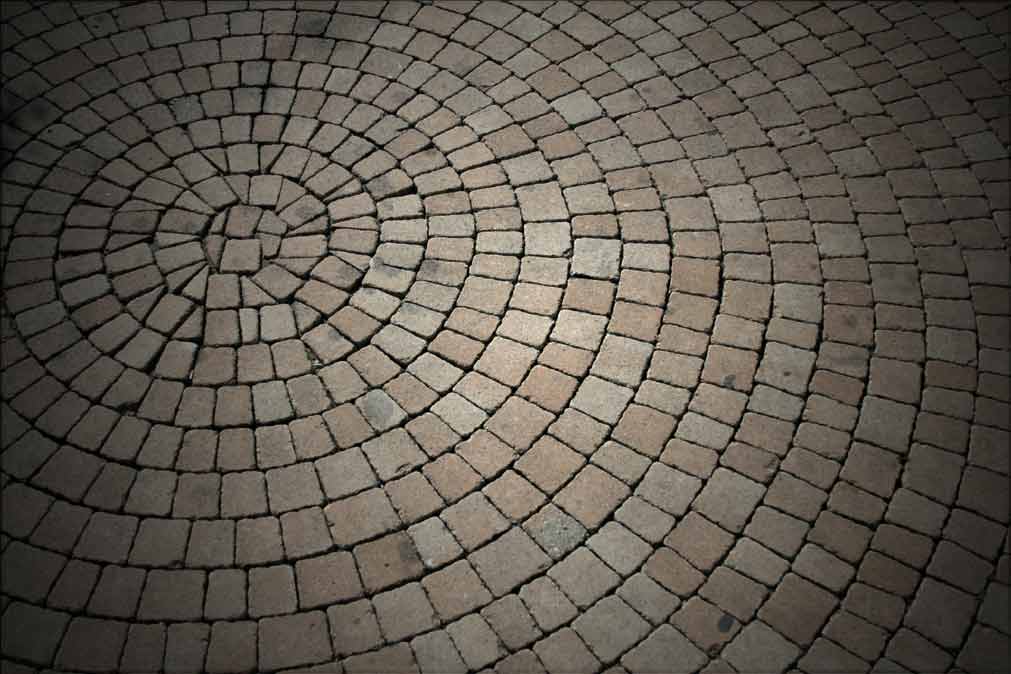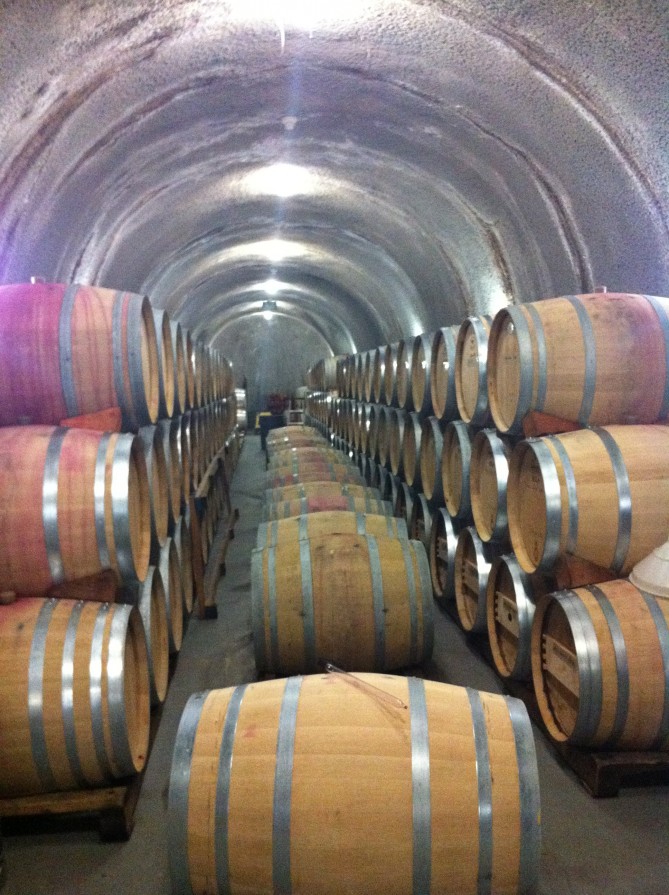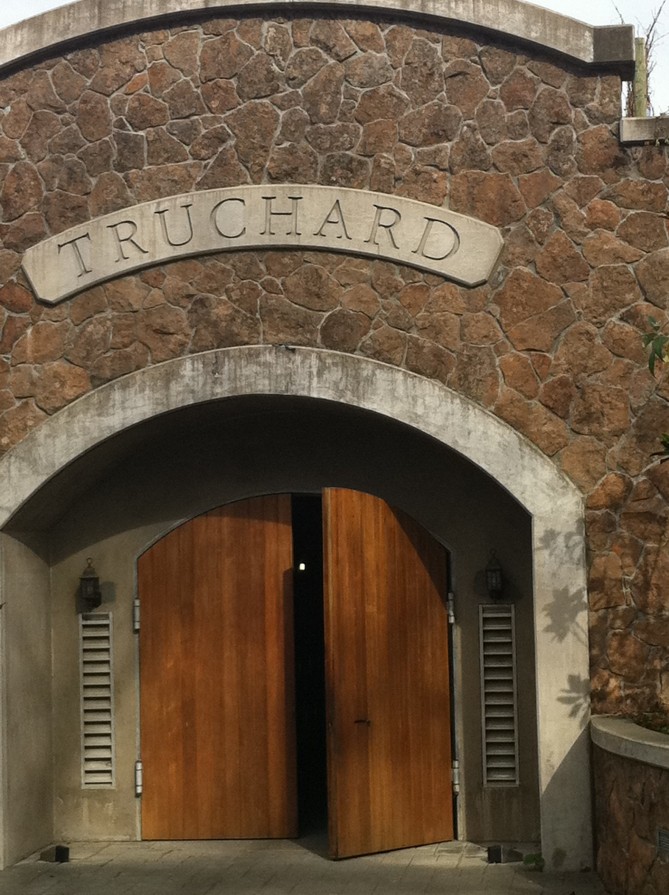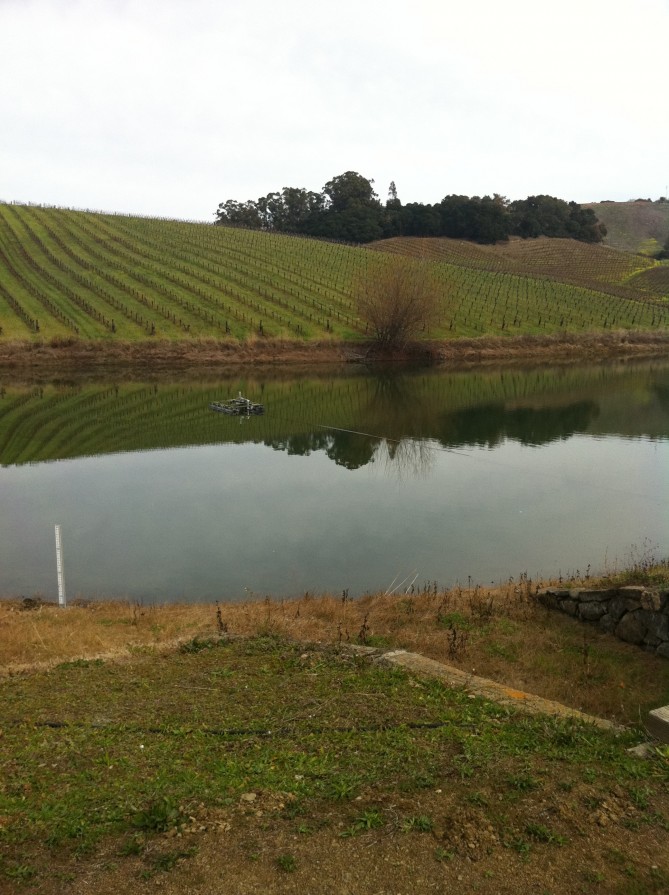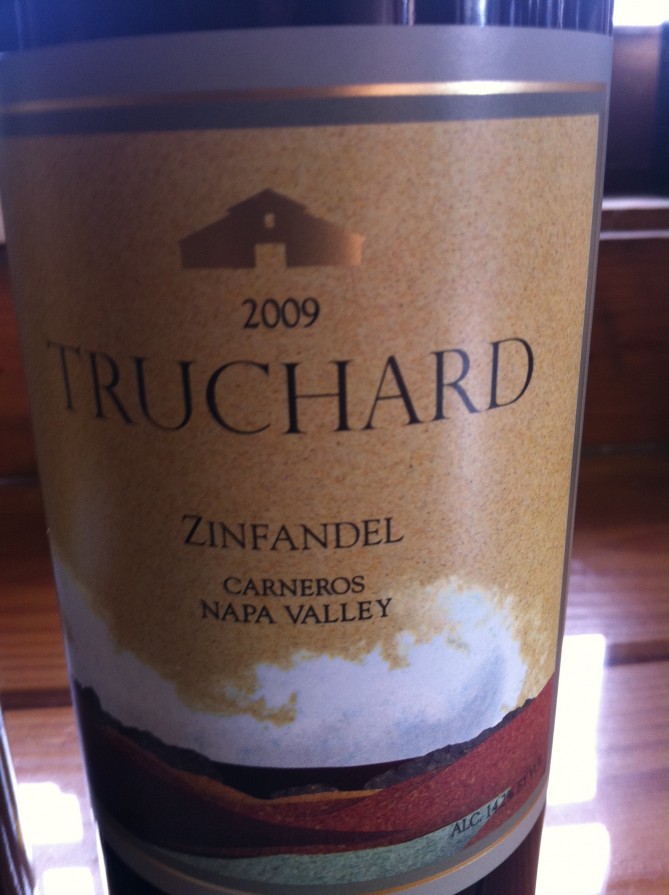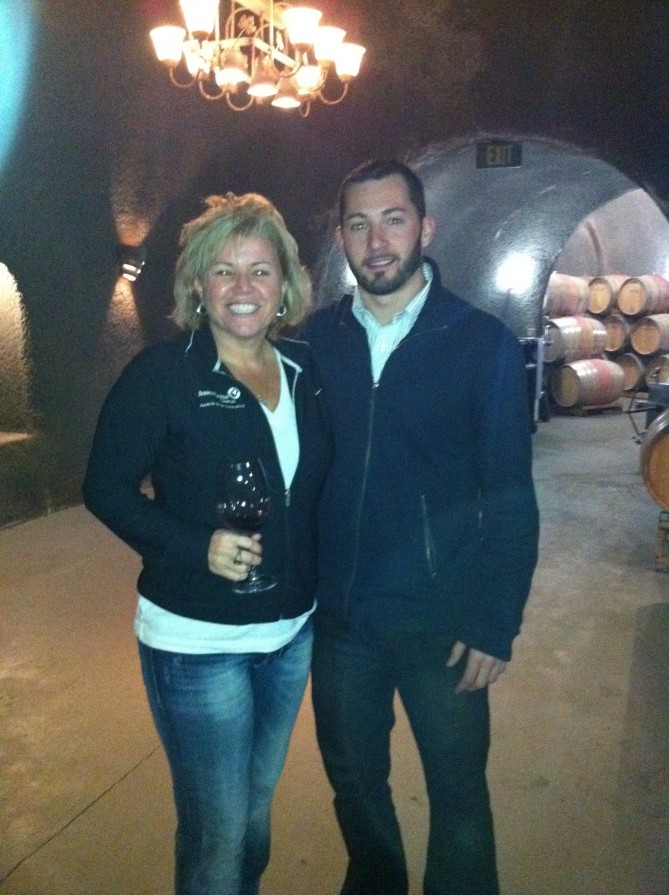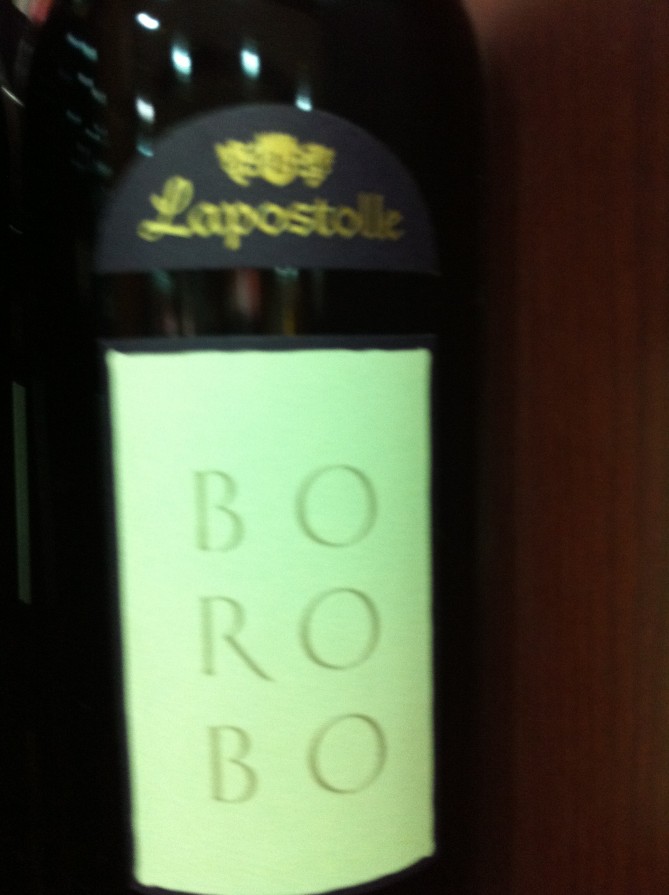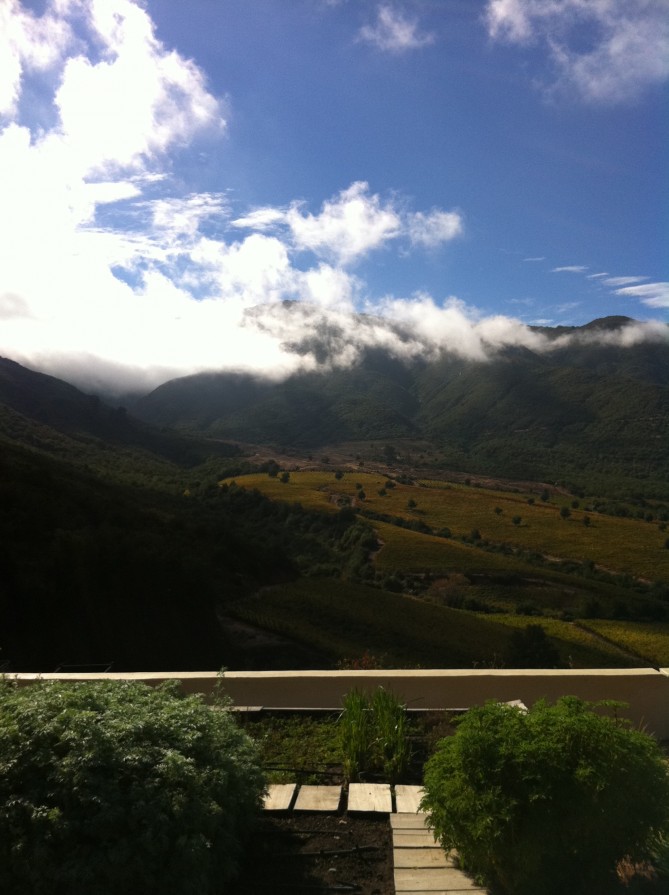2.6.2012
Truchard Vineyards one of my fav stops in wine country last week!
Posted in News
by Tammi Ramsey
Good Morning!
I know my loyal readers were wondering was I was last week because I did not post a blog. I was in California, but many of you thought I had headed back to my home town in Indiana to cash in on some Super Bowl fun. I kinda wish I would have made the trip to Indy for some celebrity sightings and rowdy parties, but instead I was in the bay area taking care of business.
And by business I mean, I had to sample my wines and see how they are progressing. I am sure I could bottle my white wine called Patio today and it is ready to enjoy, but my feisty young red called Fireplace is in the “timeout” barrel in the corner, learning how to chill out and how to behave around adults…he might need about 4 or so more months before I can move him to a bottle, but he is becoming a more relaxed wine and I will make the decision when to bottle later this spring.
I have to share a few tasting experiences with you from last week…I will not hit you all with them today, but each day this week, I will talk about each place I fell in love with and one winery I have loved for years, but now, my crush with their place is over. Let’s start with Truchard winery and vineyard. I heard about Truchard from a friend who said they sell some amazing cabs and if I had time, go check them out. From the moment I received the call from Adrian Dedering to confirm I was coming for a tour and tasting, I was hooked. Adrian is about as polished and down to earth host as I have met….(note to self, when I set up a tasting room, get Adrian to fall as deeply in love with my wines and my family as he has the Truchards’). Adrian is originally for the Midwest then transplanted to Florida and started his first job in te wine business and he loved this wine so much and the history of the family and their push for excellence, well he now lives in Napa and is living the dream.
I had no idea that the Truchards’ were originally from Texas and they sell lots of grapes to very highly regarded wineries like Nickel and Nickel. The grounds were beautiful even on a grayish day. The wines we tasted really surprised me and I was with other gals and 2 of the women had never taken the tour or been in a full winery, probably should have told them to wear flats, but they looked so stylish, why spoil the beauty factor.
We tried 6 wines from the tasting room and then barrel sampled 2 other cabs. First wine was the chardonnay…this was also the first wine of the day…we were inside a barn, surrounded by barrels and all 6 on the tour commented on how smooth but not traditional this chardonnay tasted, some vanilla, no oak, crisp but not lip smacking tartness. Great start to the day, next we tried 2 Zins and I loved the 2009…not only did I love it, but had to better understand where this was grown. Truchard is really on the Napa/Sonoma line and Adrian marched us up a hill so we could see over the 400 acres and he pointed out about where each grape varietal is planted and we discussed micro and macro climates and the design of the label and where the picture was taken for it’s inspiration.
Then we went into the caves…deep, cool and kinda dark, he walked us around and before we know it the winemaker Sal De Ianni was crawling over barrels and we were sampling several big beautiful cabs. These wines are all elegant and really luxurious. I left the winery with a real sense of family, tradition, hard work and balance. My friends and I purchased several bottles and we took tons of pictures and for their first time being in a winery, cave and vineyard….this stop at Truchard just kicked off our trip beautifully. The biggest surprise to me is one of my pals does not drink white wine and she bought 2 bottles of Chardonnay, yea…that’s how great it was!
Truchard Vineyards is a must if you are heading to wine country, I visit 100’s of wineries a year and I will make a point to brag about Truchard and send anyone who asks my advice, I will send you over to see Adrian and what is going on at Truchard. I am a HUGE FAN!
Much LOVE and wine,
Tammi
